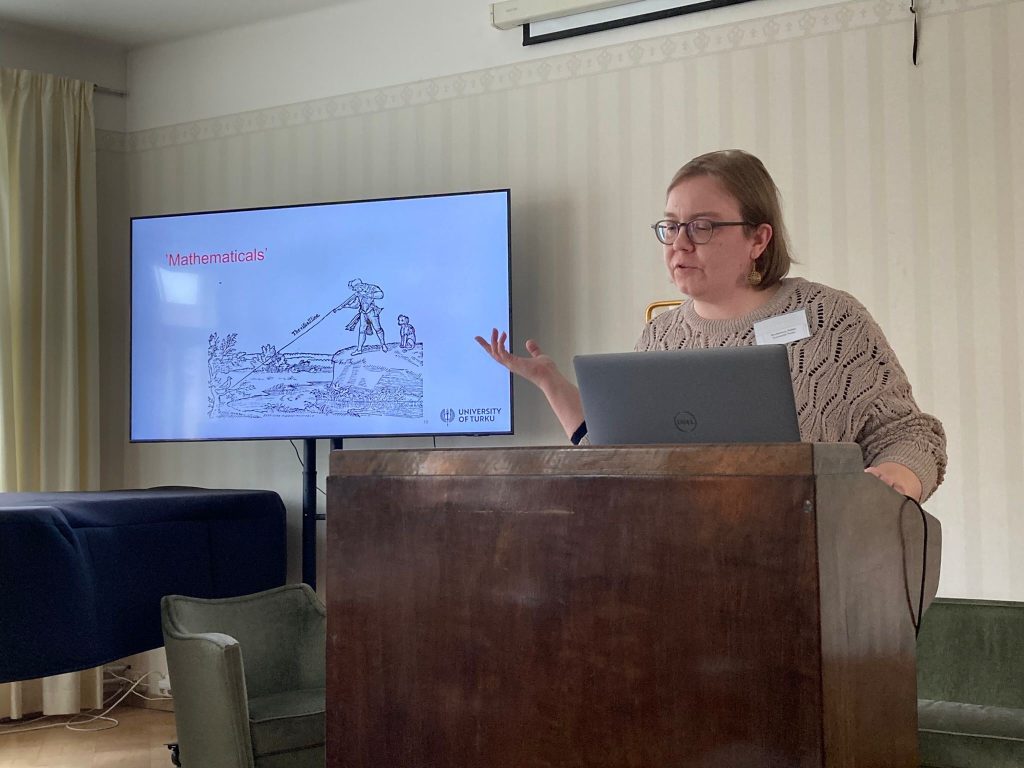Call for Papers: Reading visual devices in early books
Conference in Turku, Finland / 22–24 May 2025
Visual or graphic devices, such as images, diagrams, charts and tables, often operate between visual and verbal modes to convey information. In books and documents these devices may be used, for example, to illustrate and expand upon the text, to support or distract from the message conveyed by the text, or to aid in the comprehension of complex concepts which would be difficult to express through words alone. Although graphic devices may also communicate through textual elements, their main communicative tools are structure, symbolism, and cultural imagery.
The Early Modern Graphic Literacies project organises an international conference on the study of visual and graphic devices in early books, documents and textual objects in Turku, Finland, 22–24 May 2025.
Keynote speakers:
- Prof. Andrew M. Riggsby (University of Texas)
- Prof. Wendy Scase (University of Birmingham)
- Dr Carla Suhr (University of Helsinki)
We invite contributions from book studies, philology and historical linguistics, textual scholarship, literary studies, history of science, art history, and other related fields, including interdisciplinary approaches. Our main focus is on the medieval and early modern periods.
We are interested in questions such as: How were graphic devices used, framed, and understood? How were innovations and conventions of data visualization transmitted across texts and languages? How did graphic devices spread diachronically or geographically in different parts of the world?
Relevant topics and themes include:
- Visual and graphic devices (e.g. images, tables, and diagrams) and their design and use (as part of text/supplementing text)
- Emerging practices and changing conventions: aesthetics, design, technologies
- Paratext and metatext: linguistic framing and presentation of graphic devices
- Visualising knowledge and information
- Different audiences, readers, and literacies: lay/professional, learned/vernacular
- Use of graphic devices in various domains and genres: instructional and technical writing, literature, scientific writing, popular texts, religion
- Medieval and early modern manuscripts and printed books, including various physical formats (also broadsheets, pamphlets, scrolls, letters and other documents), also early books from non-European regions and languages
- Theoretical and methodological approaches to visual devices: opportunities and challenges (including digital humanities approaches)
Please send an abstract of c. 300 words to VisualBookConf@utu.fi by October 15, 2024.
Please note that due to a scheduling clash, the conference takes place one week later than was previously announced.
For more information, please email us at VisualBookConf@utu.fi.
Best wishes,
Early Modern Graphic Literacies Project
Matti Peikola, Mari-Liisa Varila, Aino Liira & Sirkku Ruokkeinen
